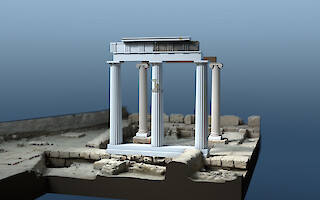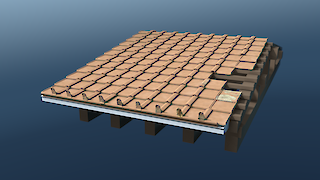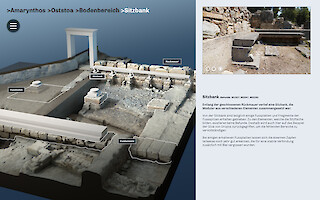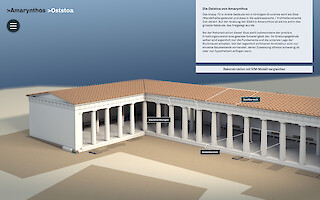Complex 3D data increasingly gain importance in research, but when it comes to integrating them into existing archaeological publication formats, this has so far only been possible in an inadequate way. Through fieldwork during a dig with a team of archaeologists, Oliver Bruderer explored and pinpointed new options for documenting and communicating archaeological research results, taking as an example the ruins of a Greek temple. For his M.A. project he developed a prototype in order to make the processes as transparent and comprehensible as possible.
The M.A. thesis by Oliver Bruderer delivers an innovative and relevant contribution to the area of digital documentation and to archaeological research methodology in general. Innovative and relevant approaches are used to examine how the classic conventions of documentation and knowledge transfer can be combined with new technological possibilities and thus improved. Precise photogrammetric pictures are complemented by model-based hypotheses and connected with drawings and descriptions of the finds. This work skilfully couples design excellence with scientific accuracy.


There is a fine sensibility for materiality and lighting which blends the different image sources to create a captivating object. Oliver Bruderer demonstrates the value of interdisciplinary collaboration and dialogue between design and science and applies his expertise at the crucial interfaces so that the potential of this collaboration becomes immediately visible. For this reason, we nominate him for the award grant.


